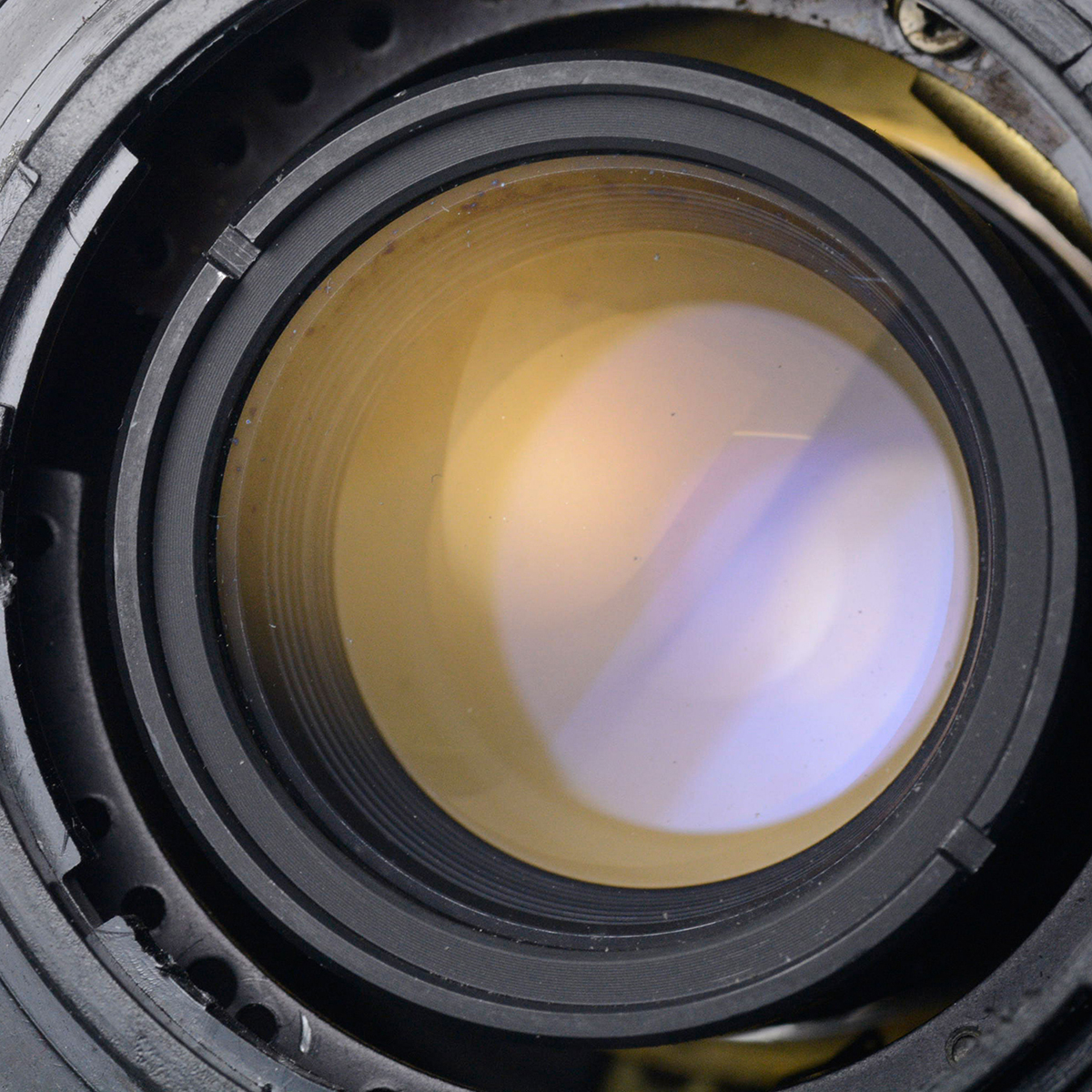 |
| Tokina RMC-2 70-210mm f/3.5 (aka "Vivitar Series 1") |
2016.11.16 - Published
2021.08.12 - Re-written, re-uploaded
2022.08.15 - Updated
Tokina RMC-2
70-210mm f/3.5
Also known as:
Vivitar Series 1 70-210mm f/3.5 (Version 2)
Vivitar Series 1 70-210mm f/3.5 (Version 2)
Years Made - Likely mid 1970s to early 1980s
Lens Type - One-touch telephoto zoom
Minimum Focusing - 1.2 meters
Filter Thread Ø - 62 mm
Aperture Run - f/3.5 - f/22
Diaphragm Blades - 6
Optical Formula - 14 elements, 10 groups
RMC = Rainbow Multi Coating
Made in Japan
Photo Album:
========================================
Impressions
Five years ago, I chanced upon this ultra-rare Tokina RMC-2 70-210mmm f/3.5 in Minolta SR mount. The serial number begins with 84, not sure if it meant made in 1984. It was originally Minolta SR mount, I was somehow able to mod it to a Nikon F mount with determination.
In 1974, Kino/Opcon was contracted by Vivitar to produce its "Series 1 70-210mm f/3.5 Macro Focusing Zoom". Historically, this was the first ever professional quality tele-zoom (zooms were perceived as inferior those days) because it used computer-aided design, a new feat at the time. The lens also introduced the one-touch design where the focusing and zoom were combined into a single ring. By 1977, zoom lenses have advanced so much in optical quality that the FUJINON-Z 43-75mm f/3.5 became the first ever zoom lens to be included as kit lens (kit lenses were primes up to that point, lucky people!).
Vivitar outsourced the lens to several other makers such as Tokina, who also later marketed these lenses under their own name. "Vivitar Series 1 70-210mm" had versions beginning 1974:
#1 - 70-210/3.5 (Kino; the sharpest version)
#2 - 70-210/3.5 (Tokina)
#3 - 70-210/2.8-4 (Komine; MFD = 0.7 meters)
#4 - 70-210/4 (Kino)
The Tokina RMC-2 70-210mm f/3.5 was made of all-metal materials, which makes it heavy. The one-touch zoom is ideal for street photography, wildlife and sports because of the speed of operation compared to two separate rings. The weight itself serves as stabilizer. The downside is that you cannot mount it on a tripod and is meant for handheld shooting; it would be way unbalanced on either DSLR or mirrorless camera if you ever mount it on a tripod. You might want to try its smaller sibling, the Tokina RMC 80-200mm f/4.
#2 - 70-210/3.5 (Tokina)
#3 - 70-210/2.8-4 (Komine; MFD = 0.7 meters)
#4 - 70-210/4 (Kino)
The Tokina RMC-2 70-210mm f/3.5 was made of all-metal materials, which makes it heavy. The one-touch zoom is ideal for street photography, wildlife and sports because of the speed of operation compared to two separate rings. The weight itself serves as stabilizer. The downside is that you cannot mount it on a tripod and is meant for handheld shooting; it would be way unbalanced on either DSLR or mirrorless camera if you ever mount it on a tripod. You might want to try its smaller sibling, the Tokina RMC 80-200mm f/4.
The glass seems to use early multicoating with different elements showing different colors of blue, purple and amber sheen. (Newer multicoating have all green sheen.) The coating is weak against strong light and usually brings soft contrast in sunny outdoor, but good color and contrast indoor. It is sharp at f/3.5 but exhibits softness at 210mm only.
The most important feature is that it has a constant maximum aperture of f/3.5 at either 70mm or 210mm; which is only 2/3 stops smaller than f/2.8 (the typical 70-210/2.8 pro-zoom everyone dreams about). Overall, it is pleasing to shoot with this lens because of the handling and vintage character. It is a bit of rarity, but you should be able to get it at a decent price.
The video was originally shot in 2016 with a Nikon D5200, I did not carry tripod at the time and did not intend to shoot video when they were filmed. The footage are shaky and degraded because of re-editing; the video clips are NOT representative of the output quality of the lens, look at the photos instead.
========================================
Samples
Shot with Nikon D5200
Tokina RMC-2 70-210mm f/3.5
19 July 2016
 |
| 70mm |
 |
| Sharp at 150mm f/3.5 |
 |
| Pleasingly sharp at 70mm f/3.5 but the coating is weak against bright light |
 |
| 210mm f/3.5 Now it's really soft, but only at 210mm |
 |
| 70mm |
 |
| 150mm |
 |
| 70mm f/3.5 (1.2 meters) |
 |
| 210mm f/3.5 (1.2 meters) |
 |
| 70mm f/3.5 |
 |
| 150mm f/3.5 (It will be super soft by 210mm) |
# # # E N D # # #












0 comments:
Post a Comment